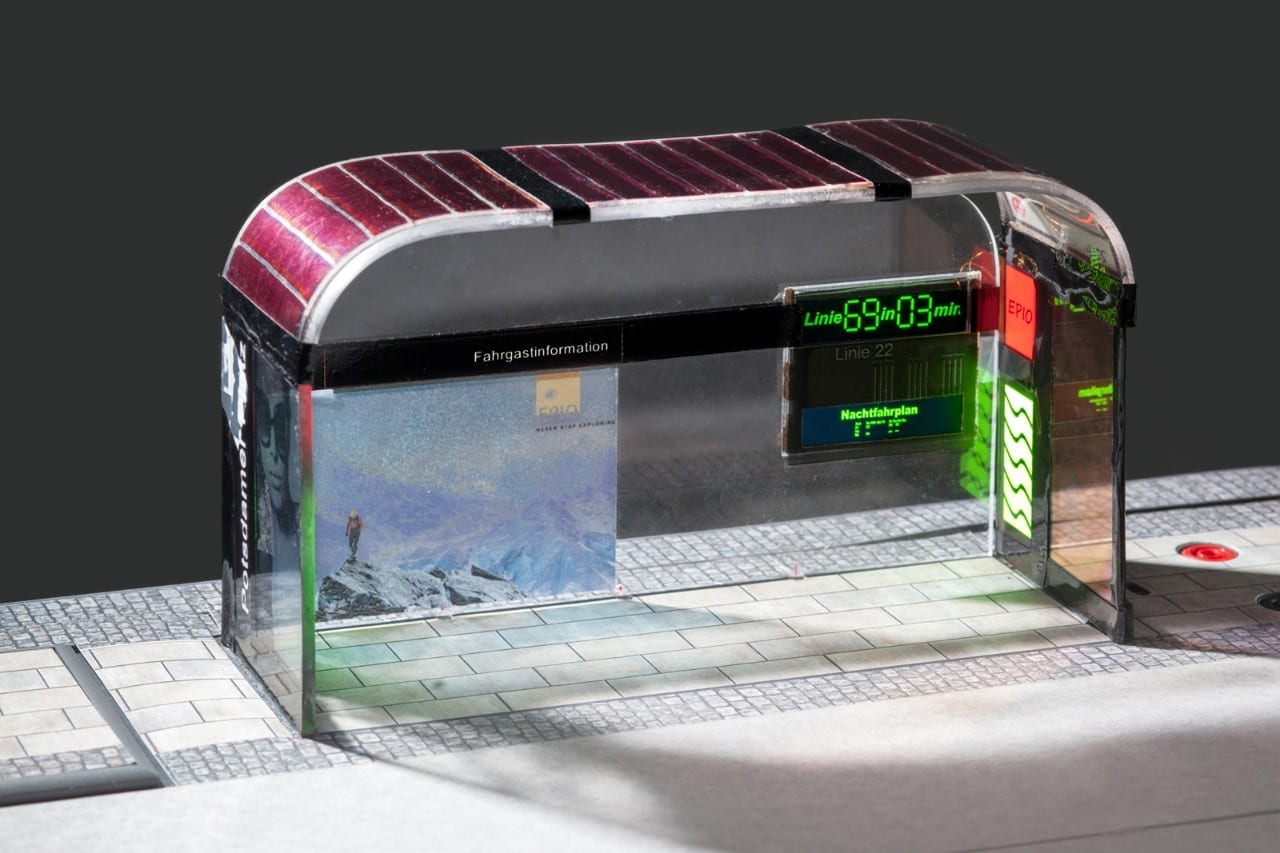
Bomb makers and chemists cooking up crystal meth better watch out. A sewer system full of chemical sensors could soon be sniffing out their homemade labs
BOMB-MAKERS or chemists with Breaking Bad crystal-meth labs better watch out. A sewer system full of chemical sensors could sniff out their homemade labs as part of a €4.5 million European Union-funded research programme called Emphasis.
The idea is that once a sewer sensor finds telltale traces of home-brewed explosives, it sounds an alarm and a police team carrying a portable, high-resolution sensing unit can be dispatched to narrow the search and pinpoint the exact location. The technique could also be modified to look for signs of illegal drug factories.
Emphasis is led by Hans Önnerud, an analytical chemist with the Swedish Defence Research Agency in Kista, north of Stockholm. His approach relies on the fact that some liquids and gases from bomb or drug production will leak into the sewers through sinks, baths or toilets, and into the air of a city via windows and skylights. He says a hint that such gases might be detectable became clear in the wake of the London bombings on 7 July 2005 that killed 54 people. Fumes from the explosives made at a house in Leeds, UK, killed plants in the garden.
Önnerud’s team told the ISADE symposium on explosives detection in The Hague, the Netherlands, on 10 October that they have successfully tested their sensors in the lab. The sensors are designed to pick up signs of explosives precursors, such as chemical reagents and reaction breakdown products. Each sensor comprises a number of 10-centimetre-long devices called ion-selective electrodes that are submerged in the wastewater flow of a sewer.
Only ions that come from the breakdown products of bomb-making chemicals can diffuse through the membranes in the electrodes, changing a resistor’s voltage in a telltale way. Software looks for patterns in the concentration of target ions. Above ground, an infrared laser carries out a sweep of an area looking for the spectra of target gas molecules.
The Emphasis sensors have been developed and tested on faeces-rich wastewater in the lab and will be tested in real sewers next year.
The idea could have other uses. For example, epidemiologists have sampled wastewater to gauge urban drug habits. In 2011, Chang Chen and colleagues at the University of Adelaide in Australia used sewer data to demonstrate that ecstasy use in the city rose five-fold at weekends.
Instead of ad-hoc sampling, sensors could track drug use in real time – for example, monitoring usage patterns to inform public-health programmes. “We are thinking about illicit drugs detection and this could be the next aim we focus on,” says the project’s sensor specialist Frank Schnürer of the Fraunhofer Institute for Chemical Technology in Karlsruhe, Germany. The country’s Ministry of Education and Research will be looking for research proposals for sewer-based drug detection soon, he says.
“Placing sensors in the sewer system may be a cheap and quick way to monitor illicit drugs, particularly by-products of their production which will be present in much higher concentrations than metabolites from users,” says Chen.
Go deeper with Bing News on:
Sewer sensor
- Sensors Bolster Army Prowess
The Terrain Commander from Textron Corporation provides the basis for the U.S. Army's unattended ground sensor (UGS) Future Combat Systems. The sensor assembly is equipped with a variety of optical, ...
- ‘None of this is fair to be honest with you’
Hopewell Borough residents and commercial businesses will pay more for water and sewage bills this year. Council President Krista Weaver, Councilman David Mackie, Councilwoman Samara McAuliffe, ...
- Hong Kong authorities should investigate contractor safety measures after death of 2 sewer workers, unions and concern groups say
Construction Industry Council has suspended registration of three companies after two workers died in manhole following suspected exposure to toxic gas But unions and concern groups ask why men were ...
- Sausalito poised to increase sewer rates
Sausalito is planning to increase sewer rates by about 15% over the next three years. The City Council voted unanimously to direct staff to begin notifying property owners of a three-year plan to ...
- Fall River water and sewer rates rising significantly in 2025 budget. Here's how much.
FALL RIVER — The City Council earlier this month took the first of two votes to set water and sewer rates in the upcoming 2025 budget, and ratepayers are going to see a significan t increase ...
Go deeper with Google Headlines on:
Sewer sensor
[google_news title=”” keyword=”sewer sensor” num_posts=”5″ blurb_length=”0″ show_thumb=”left”]
Go deeper with Bing News on:
Chemical sensors
- Zoogeochemists measure how animals change the chemistry of their environments
Ecologists are blazing trails in a new field they’ve dubbed zoogeochemistry, which explores how animals influence nutrient cycling and carbon entering and exiting their ecosystems. Through everyday ...
- Optical barcodes expand range of high-resolution sensor
The same geometric quirk that lets visitors murmur messages around the circular dome of the whispering gallery at St. Paul's Cathedral in London or across St. Louis Union Station's whispering arch ...
- Chemical Vapor Deposition Market Growth: Industry Rising to US$ 105 billion by 2034
According to Future Market Insights’ latest industry analysis, the global chemical vapor deposition market size is estimated to be around US$ 47.3 billion in 2024. It is projected to exhibit a CAGR ...
- NIST researchers develop magnetics-based analyte sensor
Sensing platform uses magnetized hydrogels and a smartphone’s magnetometer to measure glucose concentration in test samples ...
- Brief Introduction to the Main Application Fields of Sensors
Sensors convert external signals into electrical signals and are used to monitor environmental parameters, detect the presence and position of objects, measure chemical composition and concentration, ...
Go deeper with Google Headlines on:
Chemical sensors
[google_news title=”” keyword=”chemical sensors” num_posts=”5″ blurb_length=”0″ show_thumb=”left”]










